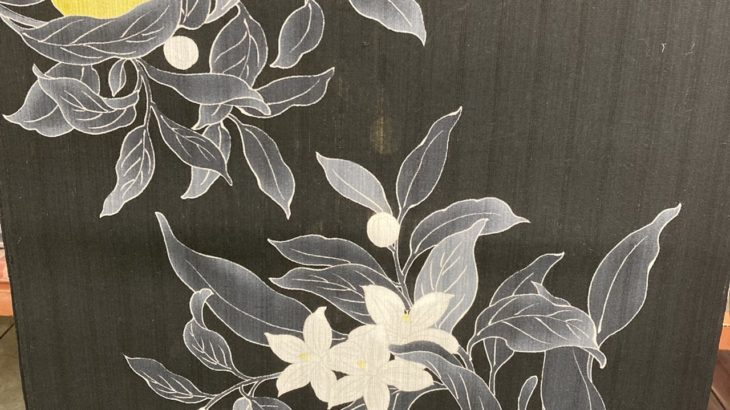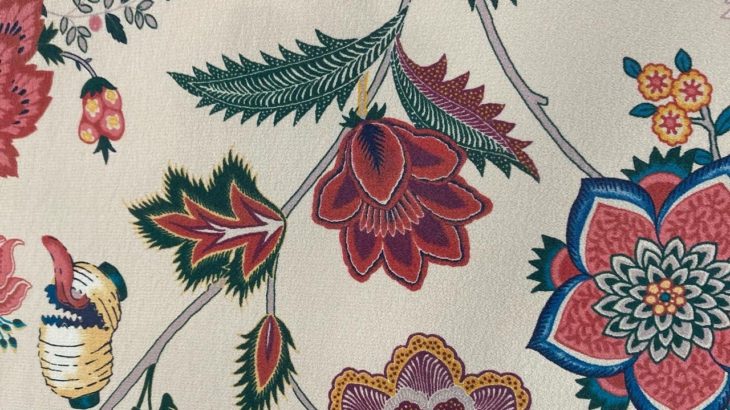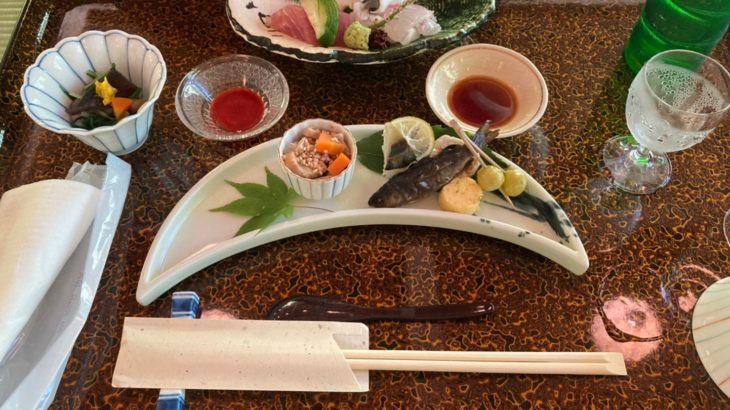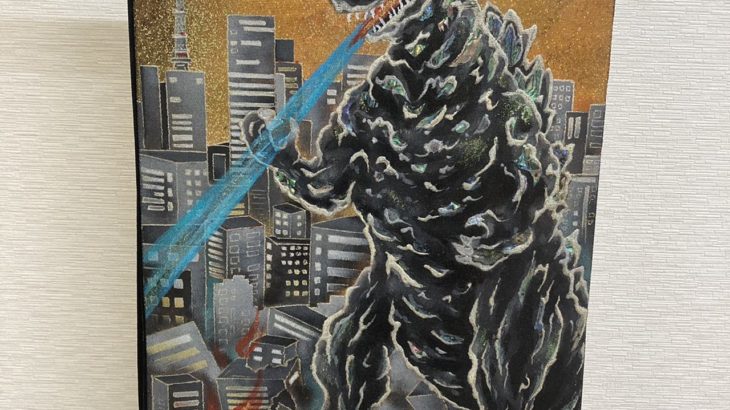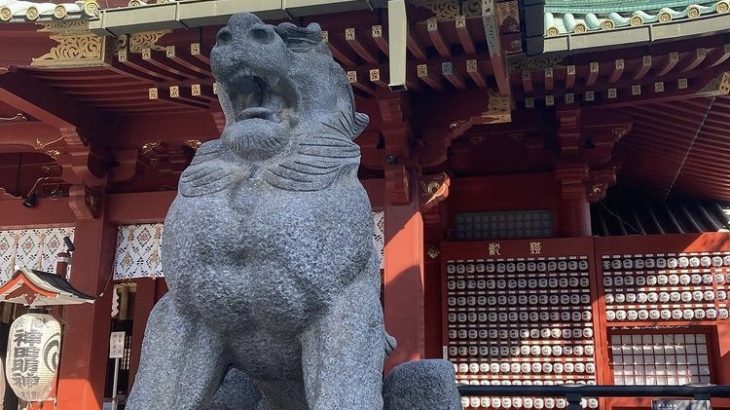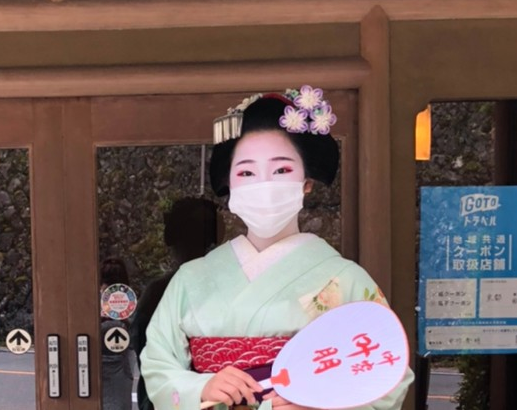Hello, this is Shinji from Wareshibe-choja.jp. This time, I would like to talk about yukata, a Japanese summer tradition. It is only March, but in order for consumers to see yukata, manufacturers prepare them at the end of last year, and in March, retailers go to wholesalers and manufacturers to stock them, which is the flow of the kimono industry. Recently, due in part to the impact of the H1N1 influenza, the main trend has been to produce to order in order to avoid overstocking.
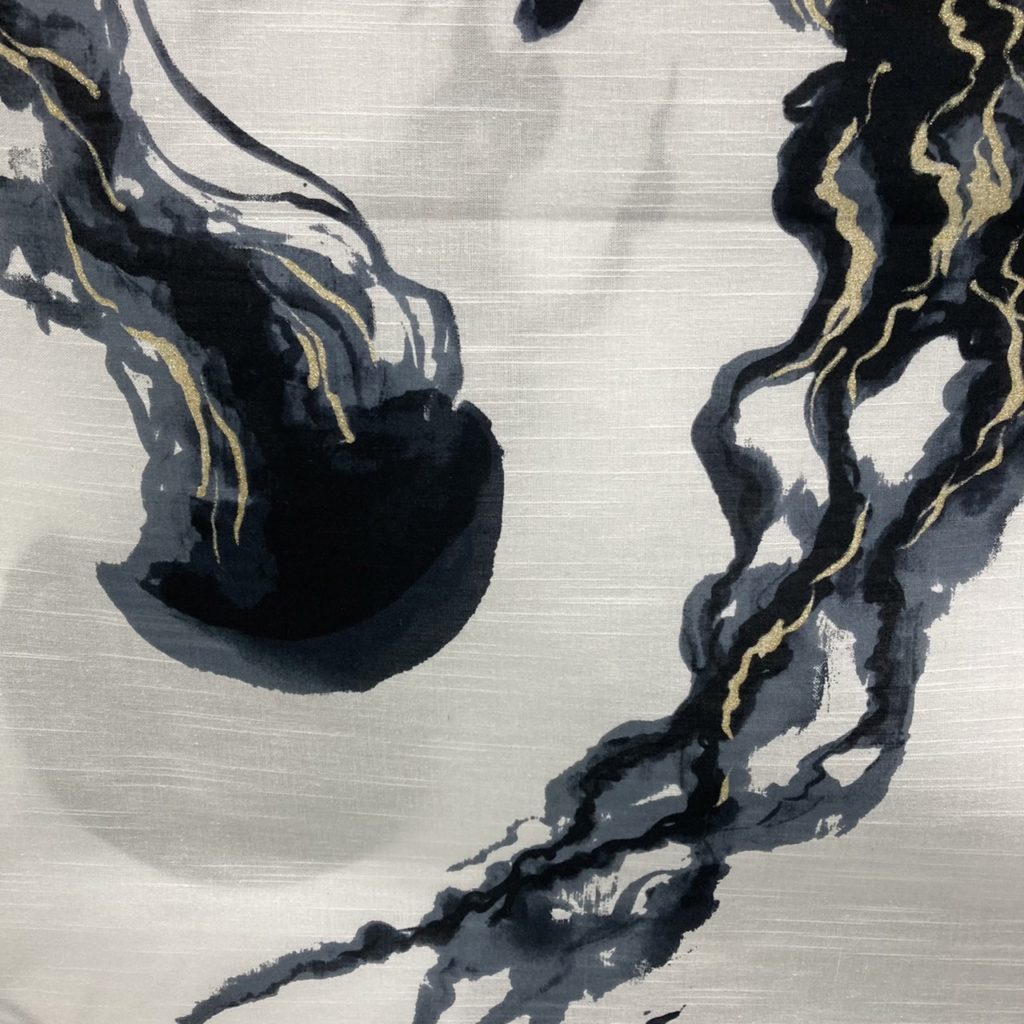
1, History of Yukata
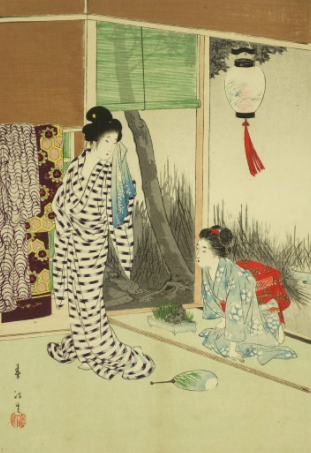
During the Heian period in Japan, the main type of bath was a steam bath, and people bathed in a linen kimono worn at that time. In the Kamakura period, people bathed in loincloths and underwear called yumonji, and in the Azuchi-Momoyama period, people began to bathe naked. In the Edo period (1603-1867), after the spread of public bathhouses, the common people began to wear a cotton kimono called yukatabira to absorb excess water after bathing, which is said to have been the beginning of the yukata.
2, Spread of yukata
In the Edo period (1603-1867), yukata, which were worn after taking a bath or as a nightgown, gradually came to be worn as going-out clothes, and more and more people wore yukata to Bon dances and flower-viewing events. The common people imitated the costumes worn by Kabuki actors on stage, and yukata became popular during the Edo period.
Another factor was the “Tempo Reforms” issued during the Edo period. The Tempo Reforms decreed that townspeople were not allowed to wear silk, and cotton kimonos became more and more popular.
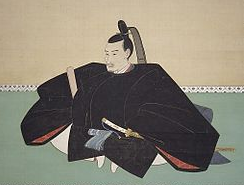
3, Current yukata
The image of yukata in the past is of dark blue on a white background, which is a remnant of indigo dyeing. Since yukata were often worn from evening to night, they were dyed with indigo dye and used as a protection against insects.
Today, there are more and more colorful yukata, or yukata with a pattern of eba-tsuke, which can be worn as an alternative to summer or single garment kimonos.
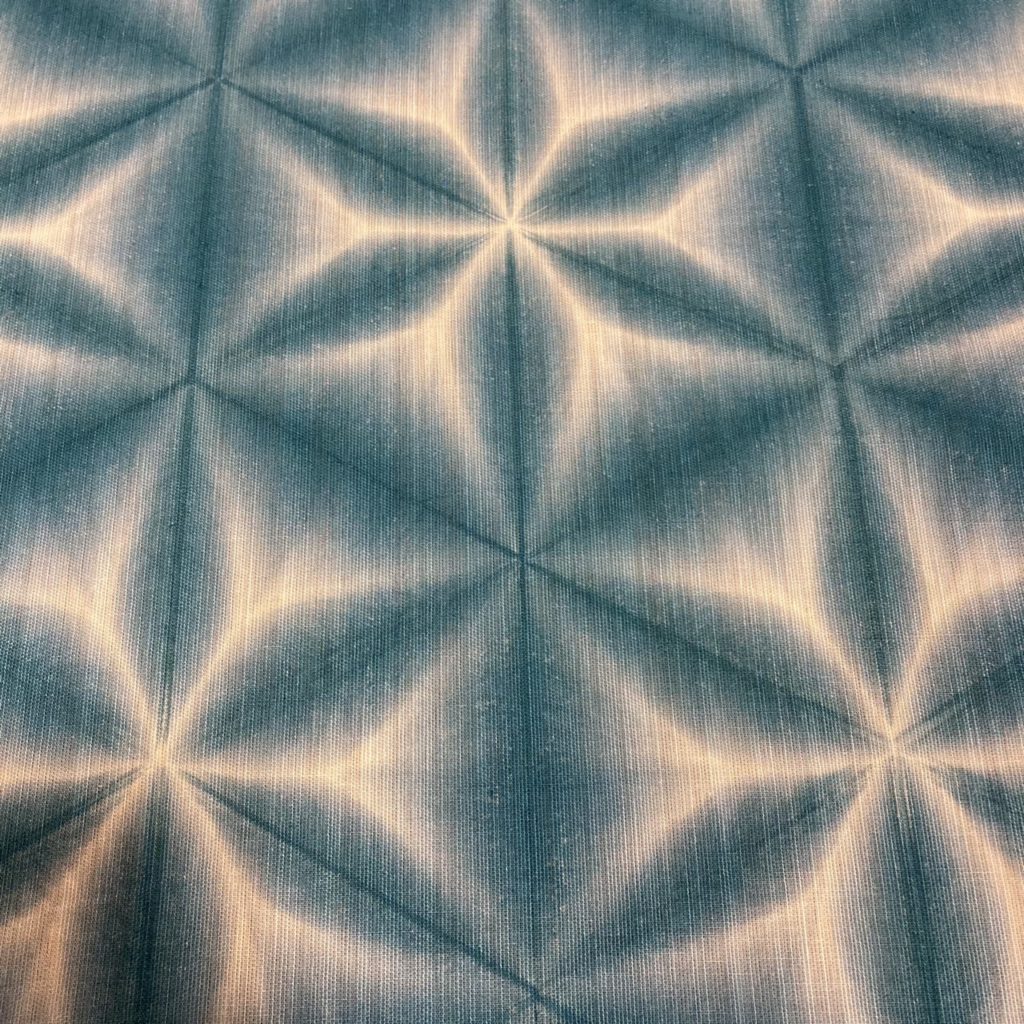
4, Yukata obi
A yukata is usually tied with a 4-sun wide obi called a hankin obi. There are various ways to tie the obi, with the bunko knot being the most popular for younger people. For older people, the Kainokuchi knot is popular for a more relaxed look.
5, Price of yukata
In recent years, many inexpensive ones have become available. The prices range from a casual 4,000 yen to traditional handicrafts costing several tens of thousands of yen. Nagaita-chugata and Chusen-dyed products are also well-known as traditional crafts. Recently, not only cotton but also polyester and a material called seo-alpha are becoming more and more popular.
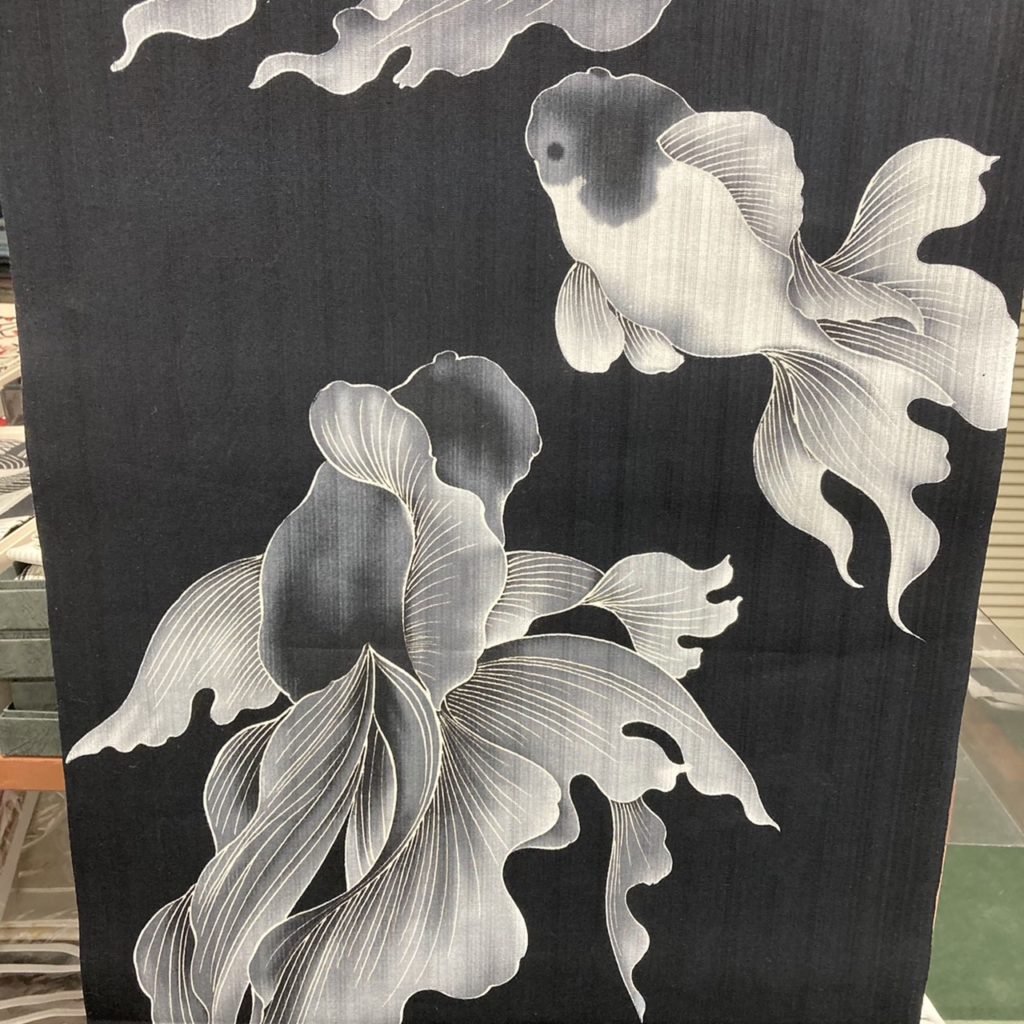
Since 2020, the number of summer events has been reduced due to the new influenza and fireworks festivals have been voluntarily cancelled. I hope that the new influenza will soon settle down and there will be more opportunities to enjoy yukata.
Instagram:@warashibe_choja.jp
